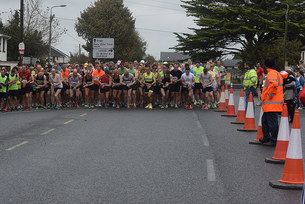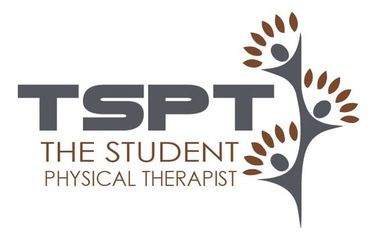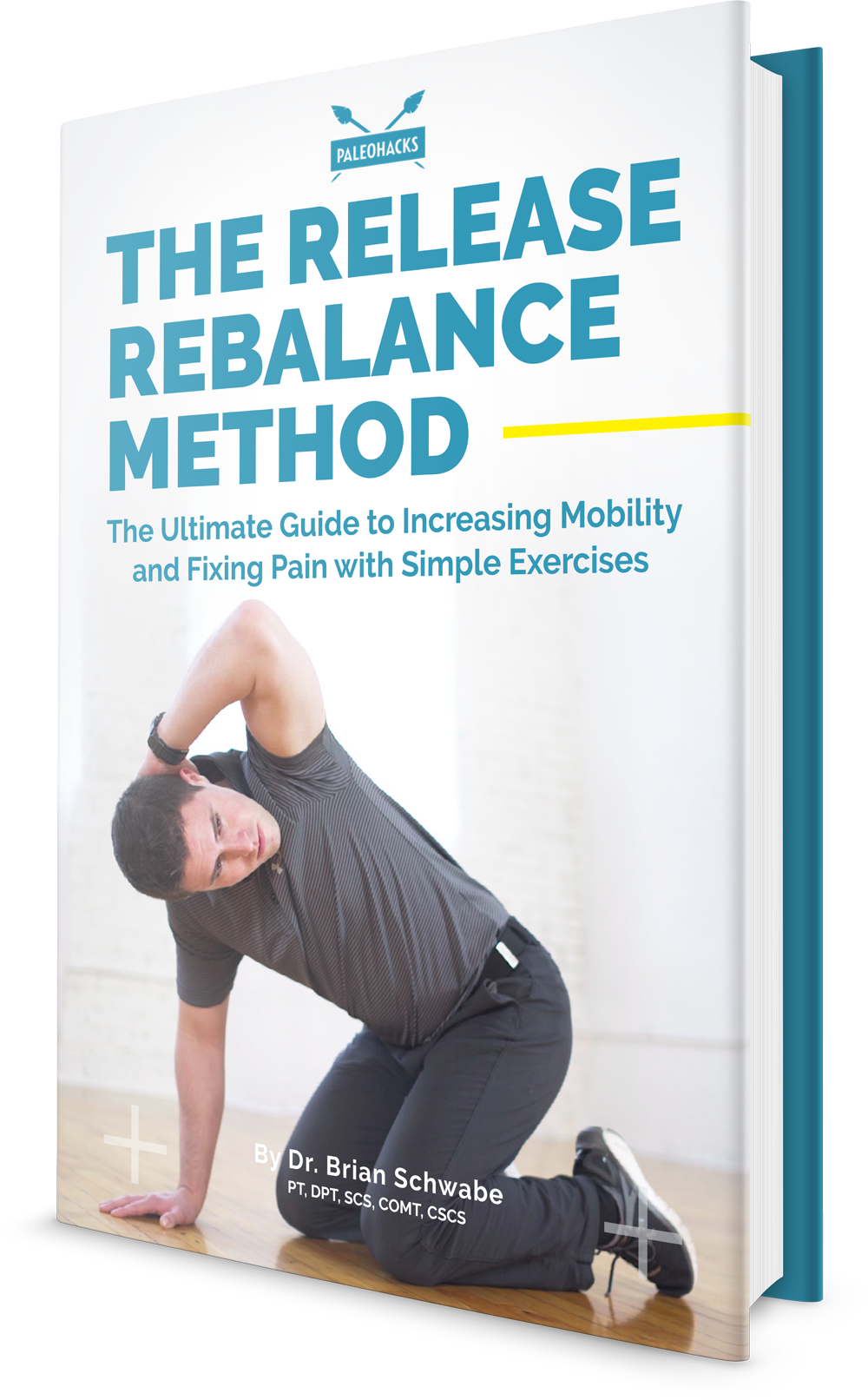- Home
- About Us
- TSPT Academy
- Online Courses
-
Resources
- Newsletter
- Business Minded Sports Physio Podcast
- Day in the Life of a Sports PT
- Residency Corner
-
Special Tests
>
-
Cervical Spine
>
- Alar Ligament Test
- Bakody's Sign
- Cervical Distraction Test
- Cervical Rotation Lateral Flexion Test
- Craniocervical Flexion Test (CCFT)
- Deep Neck Flexor Endurance Test
- Posterior-Anterior Segmental Mobility
- Segmental Mobility
- Sharp-Purser Test
- Spurling's Maneuver
- Transverse Ligament Test
- ULNT - Median
- ULNT - Radial
- ULNT - Ulnar
- Vertebral Artery Test
- Thoracic Spine >
-
Lumbar Spine/Sacroiliac Joint
>
- Active Sit-Up Test
- Alternate Gillet Test
- Crossed Straight Leg Raise Test
- Extensor Endurance Test
- FABER Test
- Fortin's Sign
- Gaenslen Test
- Gillet Test
- Gower's Sign
- Lumbar Quadrant Test
- POSH Test
- Posteroanterior Mobility
- Prone Knee Bend Test
- Prone Instability Test
- Resisted Abduction Test
- Sacral Clearing Test
- Seated Forward Flexion Test
- SIJ Compression/Distraction Test
- Slump Test
- Sphinx Test
- Spine Rotators & Multifidus Test
- Squish Test
- Standing Forward Flexion Test
- Straight Leg Raise Test
- Supine to Long Sit Test
-
Shoulder
>
- Active Compression Test
- Anterior Apprehension
- Biceps Load Test II
- Drop Arm Sign
- External Rotation Lag Sign
- Hawkins-Kennedy Impingement Sign
- Horizontal Adduction Test
- Internal Rotation Lag Sign
- Jobe Test
- Ludington's Test
- Neer Test
- Painful Arc Sign
- Pronated Load Test
- Resisted Supination External Rotation Test
- Speed's Test
- Posterior Apprehension
- Sulcus Sign
- Thoracic Outlet Tests >
- Yergason's Test
- Elbow >
- Wrist/Hand >
- Hip >
- Knee >
- Foot/Ankle >
-
Cervical Spine
>
- I want Financial Freedom
- I want Professional Growth
- I want Clinical Mastery
 Practice what you preach. As physical therapists, we like to lecture about how our patients need to be compliant with their Home Exercise Program (HEP) if they want to get better or prevent injury. Yet we often are some of the worst patients when faced with an injury. Not only can this apply to consistency with HEP, but also with assessment patterns. Have you ever stressed to a co-worker or student the need to "look at the whole chain," then as soon as a friend asks you to look at their shoulder you get fixated on that shoulder? I recently had an awakening similar to this as I had been treating many patients with repeated motions, but treating myself with core stabilization. About a year ago, a couple friends and I ran up and down the Grand Canyon. This was done with insufficient training as I was barely able to walk for a week afterwards and unable to run for 2 weeks. Once the initial delayed onset muscle soreness (DOMS) dissipated, I noticed I would consistently get a pain along my posterior thigh when running anything longer than 2 miles. Initially, I only noticed the pain with running at terminal swing on my left side, but I began to notice it with walking and any trunk twisting motions. I took a few weeks off running, thinking I just needed more rest. When I returned to running 3 weeks later, I continued to have pain with running (although with less severity) and with occasional trunk twisting motions. During one my of my residency lab practice sessions, I had my mentor evaluate me who initially diagnosed it as a HS strain based off subjective complaints since it was bothering me with terminal swing. He advised I shorten my stride length, which did help some, but the pain remained. Upon further examination, it was found that my exact pain was reproduced with slump sciatic nerve testing on the L side. With my history of a hypermobile lumbar spine, I began treating myself with core stabilization exercises (a la Shirley Sahrmann) and sciatic nerve glides. This significantly reduced my symptoms and got me approximately 90% better. However, I would still occasionally notice the pain, especially with running and twisting. Every once in awhile, I would ask a co-worker to do a Thoraco-Lumbar (T-L) Junction manipulation which would eliminate my pain, but only temporarily. I would joke with my patients that when I am consistent with my HEP of core stabilization exercises and sciatic nerve glides, I forget about my pain and stop doing the HEP, which leads to the return of my pain. This seemed like an ongoing cycle. One day, I was on a long car drive and noticed the pain returned. However, I had just then had a realization with my patients how frequently repeated lumbar extension reduces pain, given how most patients spend too much time in lumbar flexion anyway. I quickly did about 10 standing lumbar extensions, which initially recreated my pain, but was eliminated at completion of the repetitions. I experimented and performed the repeated extensions before running and noticed I had no pain. Now I use repeated extension prophylactically in order to keep the pain away, especially with higher level activities. Now, it is clear that the Sahrmann core stabilization method can be successful, as evidenced by the reduction of my symptoms. However, I found the repeated loading to get me over the hump and allow me to return to prior level of activity symptom-free. It's not that I choose one or the other. In practice, I actually utilize both theories, as once I have found the Directional Preference, I repeatedly load that movement and follow-that up with movement re-education to isolate movement in one region from another. The biggest issue of course is compliance. With both methods, the HEP should be performed consistently, whether symptomatic or asymptomatic. -Chris
5 Comments
AJ Sobrilsky
10/26/2014 10:27:00 pm
Chris,
Reply
This post couldn't have come at a more appropriate time for me. I'm experiencing pain that began locally in my right piriformis after performing a high volume of heavy kettlebell swings, which did not resolve with rest, foam rolling, stretching, etc. Later the pain manifested upon the distal lateral aspect of my right tibia with an increase in magnitude of the original piriformis pain. Later a positive slump test on my right side resulted in textbook reproduction of my * sign.
Reply
11/15/2014 01:25:48 am
Hi Clinton,
Reply
7/26/2022 02:22:08 am
That’s really nice. I appreciate your skills. Thanks for sharing.
Reply
Leave a Reply. |
Dr. Brian Schwabe's NEW Book in partner with PaleoHacks!
Learn residency-level content on our
Insider Access pages We value quality PT education & CEU's. Click the MedBridge logo below for TSPT savings!Archives
July 2019
Categories
All
|






 RSS Feed
RSS Feed